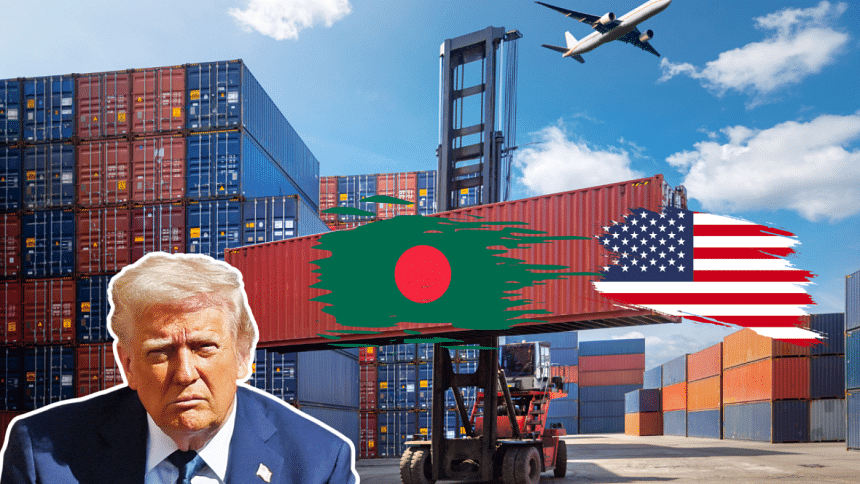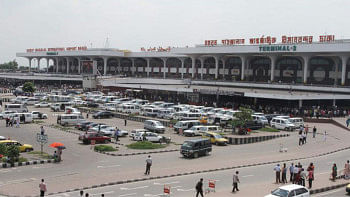Leveling the field: What the new US tariff rate means for Bangladesh

The recent reduction in the US reciprocal tariff rate for Bangladesh, from 35 percent to 20 percent, is a welcome development for the country's export sector. This revision comes as part of a broader recalibration of the United States' reciprocal tariff framework, which appears to apply to many of its trading partners.
For instance, Sri Lanka's rate has been lowered to 20 percent from 30 percent, and Pakistan's tariff to 19 percent from 29 percent.
Bangladesh's other competitors such as Vietnam and India face tariff rates of 20 percent and 25 percent respectively. In this context, Bangladesh's new tariff rate now aligns more closely with those of its key competitors in the US market, suggesting a reduced risk of trade diversion and a lower likelihood of significant disruption to its exports, particularly in the ready-made garments sector.
A notable element of uncertainty, however, remains in the global trade landscape: the reciprocal tariff rate for China is yet to be finalised. Given China's central role in global manufacturing and its competitive overlap with Bangladesh in several export categories, the eventual US decision on China's tariff rate will be pivotal in shaping future patterns of global trade. If China is subject to significantly higher tariffs, Bangladesh and other South and Southeast Asian exporters may see a shift in demand in their favour. Conversely, a more favourable rate for China could intensify competition. As such, the final terms for China will be critical in determining how trade flows realign in the months ahead.
While the rate adjustment brings short-term relief, it also raises questions about what Bangladesh may have offered the United States in return.
Some of these commitments, such as agreements to import US goods including wheat, cotton, and aircraft, have been made public. However, it is reasonable to assume that more sensitive obligations may have been agreed upon under confidentiality clauses or non-disclosure agreements and may not be disclosed in the near future. This underscores the need for greater scrutiny, transparency, and long-term strategic planning in Bangladesh's trade diplomacy.
This episode offers an important lesson for Bangladesh. It highlights the need to build greater resilience into the country's external trade profile. Three strategic priorities emerge from this experience. First, Bangladesh must accelerate efforts to diversify its export basket and expand into new markets beyond its traditional partners. Over dependence on a narrow range of products and destinations, particularly the US, exposes the economy to vulnerabilities.
Second, meaningful domestic reforms in trade, taxation, and investment policies are essential to enhance competitiveness and attract sustained foreign investment. Improvements in the regulatory and business environment will help position Bangladesh as a more stable and attractive trade partner.
Third, the country should explore targeted free trade agreements with emerging economies in Asia, Latin America, and Africa. These partnerships can serve as a buffer against future protectionist pressures and provide alternative channels for export growth.
Therefore, while the downward adjustment in the reciprocal tariff rate is encouraging, it should not lead to complacency. Rather, it presents an opportunity, and a clear warning, for Bangladesh to take proactive steps toward building a more diversified, competitive, and resilient trade strategy.

 For all latest news, follow The Daily Star's Google News channel.
For all latest news, follow The Daily Star's Google News channel. 



Comments